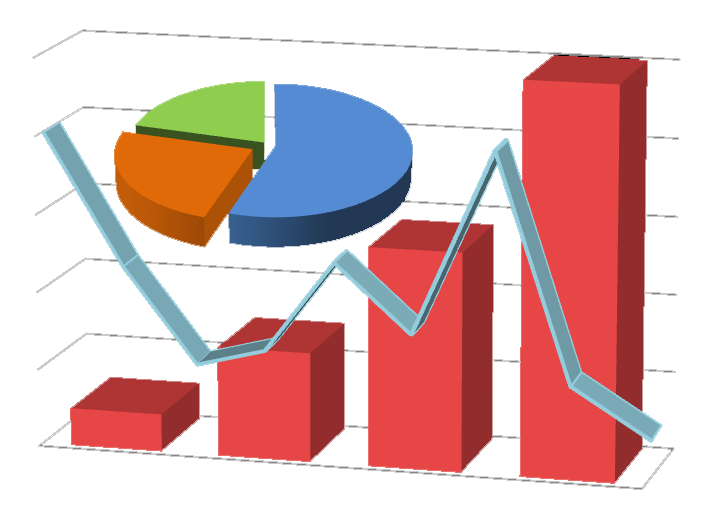Manufacturing Execution Systems (MES)
Manufacturing Execution Systems (MES)

Manufacturing Execution Systems (MES) are information technology systems that manage manufacturing operations in factories. Over the years, international standards and models have refined the scope of such systems in terms of activities, which typically include:
• Management of product definitions. This may include storage, version control and exchange with other systems of master data like product production rules, bill of material, bill of resources, process set points and recipe data all focused on defining how to make a product. Management of product definitions can be part of Product lifecycle management.
• Management of resources. This may include registration, exchange and analysis of resource information, aiming to prepare and execute production orders with resources of the right capabilities and availability.
• Scheduling (production processes). These activities determine the production schedule as a collection of work orders to meet the production requirements, typically received from Enterprise resource planning or specialized advanced planning and scheduling systems, making optimal use of local resources.
• Dispatching production orders. Depending on the type of production processes this may include further distribution of batches, runs and work orders, issuing these to work centers and adjustment to unanticipated conditions.
• Execution of production orders. Although actual execution is done by Process control systems, an MES may perform checks on resources and inform other systems about the progress of production processes.
• Collection of production data. This includes collection, storage and exchange of process data, equipment status and material lot information and production logs in either a data historian or relational database.
• Production performance analysis. Create useful information out of the raw collected data about the current status of production, like Work In Progress (WIP) overviews, and the production performance of the past period like the Overall Equipment Effectiveness or any other Performance indicator.
• Production Track & Trace. Registration and retrieval of related information in order to present a complete history of lots, orders or equipment (particularly important in health related productions, e.g. pharmaceuticals)
